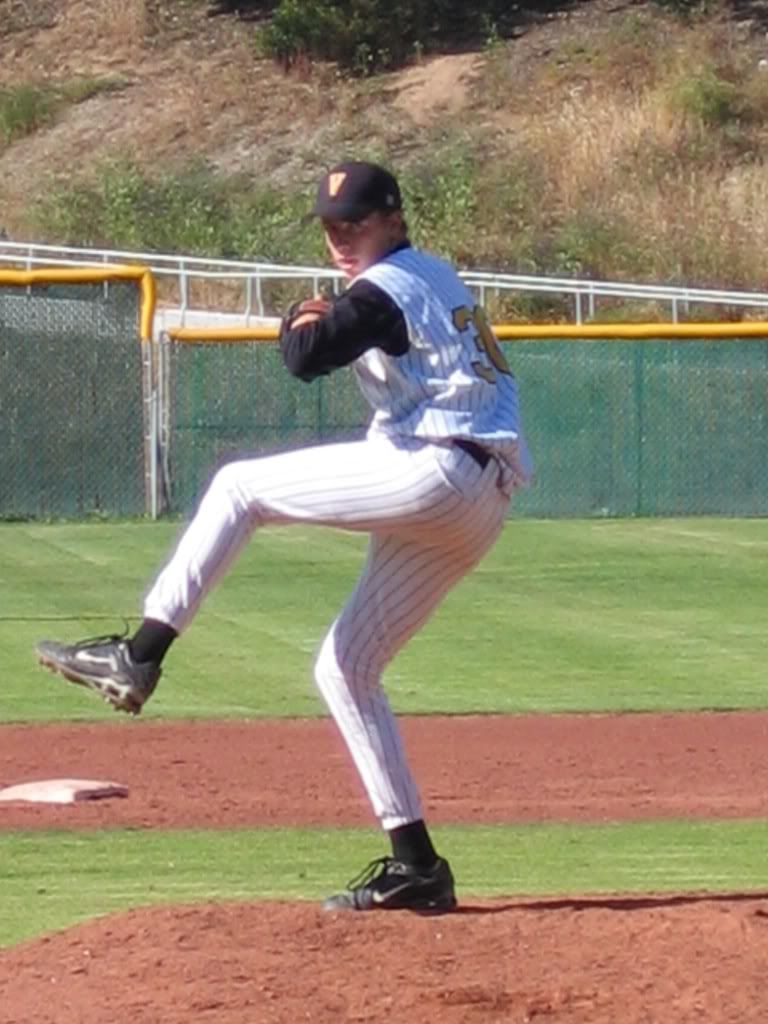quote:
I have yet to see a good pitcher who can't throw around 300 feet..
So if throw and toss are the same, then you are saying that you have yet to see a good pitcher who can't toss around 300 feet. I am sure there are plenty of good pitchers out there that cannot or don't toss (throw) 300 feet or even hit 90.
CADad,
There is an assumption that the harder one throws than the farther one can, but I question the validity of that (except in theory). DK does not throw or toss 300 feet, never has and probably never will. I don't question that you have seen pitchers throw or toss 300feet, I know you know what you are talking about.
MTH,
Son didn't work with the pitching coach who is now at Clemson, but rather someone else who advocates that toss is and should be pitcher specific, he trains 90,120,150 and if a pitcher wants may go longer. I am going to make an assumption that is because many pitcher lose their mechanics after a specific distance and more load is placed upon the shoulder and elbow. I know sons orgainzation allows pitchers to do what makes them feel most comfortable with as probably most do.
Vector,
Not sure of why you posted that site, no one is denying that long toss should not be part of their training program. According to my understanding some question maxing out, that's ok, as explained to me all pitchers are different and all approach their training differently.
Correct me if wrong but doesn't ASMI question whether the safe loads placed upon the arm, elbow and shoulder decreases as the feet increases?
Now I am not talking about chucking it (which is not necessarily a safe thing to always is it) but more for serious training.



